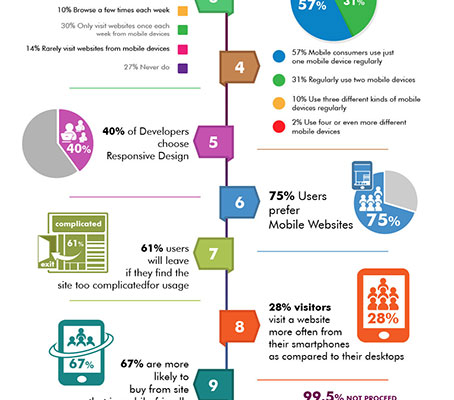Imagine an internet site where every element contends for your focus, leaving you feeling bewildered and not sure of where to focus.
Currently image a web site where each element is meticulously organized, directing your eyes effortlessly through the web page, giving a smooth user experience.
The distinction hinges on the power of aesthetic pecking order in site layout. By strategically organizing and focusing on components on a webpage, designers can create a clear and intuitive course for individuals to comply with, eventually enhancing involvement and driving conversions.
But how precisely can you harness this power? Join us as we explore the principles and methods behind effective aesthetic hierarchy, and find exactly how you can raise your site layout to new heights.
Understanding Visual Power Structure in Web Design
To successfully communicate info and overview customers with a web site, it's critical to recognize the concept of aesthetic power structure in web design.
Visual power structure describes the arrangement and company of elements on a page to stress their importance and produce a clear and intuitive customer experience. By establishing a clear aesthetic hierarchy, you can direct users' focus to the most important information or activities on the web page, improving use and involvement.
This can be attained with different style strategies, including the strategic use of dimension, shade, comparison, and placement of components. For instance, bigger and bolder components generally attract more focus, while contrasting colors can develop aesthetic contrast and draw emphasis.
Principles for Efficient Aesthetic Power Structure
Recognizing the principles for reliable visual hierarchy is crucial in creating an easy to use and interesting web site style. By complying with these principles, you can make sure that your website efficiently connects details to individuals and guides their focus to one of the most important elements.
https://www.mckinsey.com/industries/life-sciences/our-insights/the-rise-of-digital-marketing-in-medtech is to use size and scale to establish a clear aesthetic pecking order. By making crucial aspects larger and more popular, you can accentuate them and overview individuals via the content.
Another principle is to make use of comparison effectively. By using contrasting colors, font styles, and shapes, you can develop aesthetic distinction and emphasize vital info.
Furthermore, the concept of proximity recommends that relevant aspects must be organized together to visually attach them and make the internet site a lot more arranged and easy to browse.
Implementing Visual Pecking Order in Web Site Style
To execute aesthetic hierarchy in site design, focus on essential aspects by readjusting their size, color, and position on the page.
By making key elements bigger and extra prominent, they'll naturally attract the user's interest.
Usage contrasting shades to produce aesthetic comparison and stress important information. For instance, you can use a vibrant or vibrant shade for headings or call-to-action switches.
Furthermore, take into consideration the placement of each aspect on the page. Place essential components on top or in the center, as users tend to focus on these locations first.
Conclusion
So, there you have it. Visual pecking order resembles the conductor of a harmony, directing your eyes with the web site layout with skill and style.
It's the secret sauce that makes an internet site pop and sizzle. Without it, your design is just a cluttered mess of arbitrary elements.
However with aesthetic pecking order, you can create a work of art that gets hold of interest, communicates efficiently, and leaves a long lasting perception.
So go forth, my friend, and harness the power of aesthetic hierarchy in your site layout. Your audience will certainly thank you.
